- 972-347-0724
- 972-347-0724


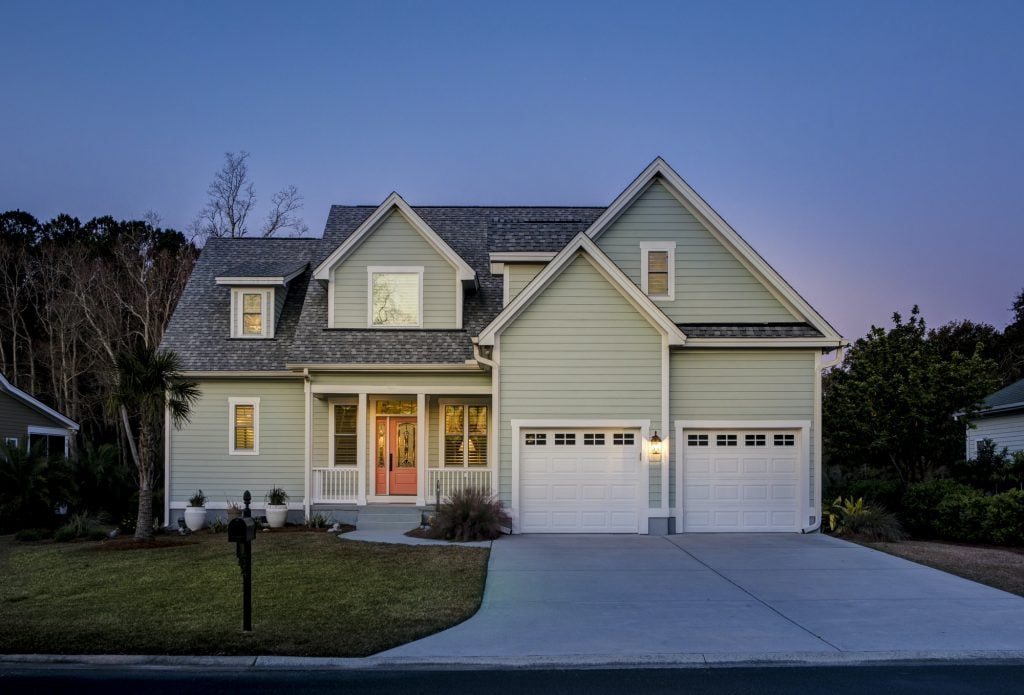
Welcome to Veteran Garage Door in Bartonville
At Veteran Garage Door, we proudly serve the Bartonville community, providing top-notch garage door repair and installation services. Our team of skilled technicians is dedicated to ensuring your garage door functions perfectly and safely, whether it’s a quick fix or an extensive replacement.
Regular maintenance of your garage door is key to ensuring safety, energy efficiency, and curb appeal. Issues like worn rollers, broken springs, or misaligned tracks can compromise the functionality of your door and lead to costly repairs down the line. For peace of mind, we recommend a annual garage door tune-up, which is well worth the investment as it can cost a fraction of a major repair.
Call Veteran Garage Door today at 972-347-0724 for your garage door needs in Bartonville!
Garage door springs are essential for supporting the weight of the door. Over time, these springs experience wear and tear, leading to issues such as a door that won’t open or close properly. Common signs of a failing spring include visible gaps or a door that is heavy to lift manually, which indicates a potential spring failure that requires immediate attention.
Torsion springs, located above the door, allow for smooth lifting and lowering. When they break, you’ll hear a loud noise, and the door may fall suddenly. To know which torsion spring is suitable for your door, consider factors such as the weight and height of your garage door. If you’re noticing 2 separate springs, it may be that the garage door design requires both to manage the load effectively.
Extension springs, typically located along the sides of the door, also wear out and can pose safety risks if broken. Unlike torsion springs, they stretch to facilitate the door’s movement. If your garage door has extension springs, it’s vital to monitor their condition to prevent snapping, which can be dangerous. When deciding on springs, consider consulting with a professional to weigh the pros and cons of torsion versus extension setups, based on your specific needs.
Recently, we received an urgent service call from a homeowner in the residential district adjacent to Bartonville Town Center. The customer reported that their garage door was completely inoperable, stuck in a partially open position, and producing concerning metallic grinding noises during attempted operation.
Upon arrival and comprehensive diagnostic inspection, our certified technician identified multiple critical failure points:
Our technician implemented a complete remediation protocol, beginning with the replacement of the broken torsion springs with upgraded 20,000-cycle units properly calibrated to the door’s weight specifications (approximately 175 pounds). We performed precise spring tensioning using industrial torque wrenches to achieve optimal counterbalance.
The homeowner expressed significant relief that their two-car garage door system was restored to full functionality with same-day service. We also provided preventative maintenance education, instructing them on the importance of periodic hardware inspections and the warning signs of potential spring fatigue.
This comprehensive service not only resolved the immediate operational failure but ensured long-term reliability of their primary home access point.
When your garage door stops halfway up, there are several potential causes. Here’s a systematic approach to diagnosing and fixing the issue:
If basic troubleshooting doesn’t resolve the issue, or if you identify problems with springs, cables, or complex mechanical components, it’s best to contact a professional garage door technician for safe and proper repairs.
A malfunctioning drum can cause serious door balance issues, uneven movement, or even dangerous cable failure.
Like springs, cable drums should only be serviced by trained professionals due to the high tension involved and risk of serious injury if handled improperly.
As a preventive maintenance practice, having your garage door professionally serviced once a year allows technicians to inspect rollers and other components before they fail completely.
Many professionals recommend replacing all rollers simultaneously, even if only some show visible wear, to maintain consistent performance across the door.
Garage door rollers are small wheels attached to the sides of your garage door that fit into the tracks, allowing the door to move smoothly up and down. They’re typically made of steel, nylon, or plastic, with steel ball bearings inside that help them rotate efficiently.
When rollers deteriorate, you might notice your door becoming louder, operating less smoothly, or even getting stuck. Replacing worn rollers is a relatively simple maintenance task that can dramatically improve door performance and extend the life of your entire garage door system.
Most residential doors have 10-12 rollers, and they typically need replacement every 7-10 years depending on usage and environmental conditions.
The track system typically consists of vertical sections along each side of the door opening, curved sections at the top of the vertical tracks, and horizontal sections that run parallel to the ceiling when the door is fully open. Different garage door types (sectional, one-piece, etc.) require specific track configurations designed for their particular movement patterns.
Proper track maintenance- including keeping them clean, aligned, and securely fastened- is crucial for the safe and efficient operation of your garage door system.
A garage door typically lasts between 15 to 30 years, depending on the type of door, materials used, maintenance frequency, and climate conditions. Steel doors may have a longer lifespan compared to wooden ones, which may suffer from rot or warping over time.
Here’s what you should know:
Most policies include garage doors under the “dwelling coverage” portion of your homeowners insurance. However, you’ll need to consider:
For smaller repairs like broken springs or rollers that typically cost $150-400, it’s usually better to pay out-of-pocket rather than filing a claim. Save your insurance claims for significant damage that substantially exceeds your deductible.
If you’re unsure about your coverage, check your policy documents or contact your insurance agent directly for clarification about your specific situation.
Common garage door repairs include fixing broken springs, replacing worn-out rollers, adjusting or replacing cables, addressing issues with the garage door opener, and realigning the door track.
The cost to repair a broken garage door spring typically ranges from $150 to $350, depending on the type of spring (torsion or extension), the labor involved, and your location.
Yes, many types of damage to garage doors can often be repaired, depending on the extent of the damage.
Here at Veteran Garage Door, we never charge for the initial visit. Our estimates and assessments are completely free.
The LiftMaster 8500 is a highly recommended model, featuring a space-saving design and smart technology integration.
| Do This | What & Why |
| Regularly lubricate your garage door parts. | This helps reduce friction, prevent wear and tear, and ensure smooth operation. |
| Check and tighten hardware periodically. | Loose bolts and screws can lead to misalignment and operational issues. |
| Inspect the door balance regularly. | A properly balanced door helps ensure longevity and optimal functioning. |
| Schedule annual maintenance checks with a professional. | Annual visits can catch issues before they become expensive repairs. |
| Clear the tracks of debris. | Keeping tracks clean is essential for smooth movement and operation. |
| Replace worn or rusted parts promptly. | Delaying replacement can lead to bigger issues and safety hazards. |
| Test safety features regularly. | Make sure your auto-reverse and safety sensors are functioning as they should. |
| Don't Do This | What & Why |
| Don't ignore unusual noises from the door. | Grinding or creaking sounds often indicate worn parts needing attention. |
| Don't attempt to fix complex problems without professional help. | Some repairs, like spring replacements, require specialized skills and tools. |
| Don't leave the door partially opened for long periods. | This can be a security risk and may damage the opener motor. |
| Don't overload your garage door with heavy items. | Excess weight can strain the door’s mechanism and lead to malfunction. |
| Don't use WD-40 on tracks or rollers. | It can attract dirt and grime, leading to further issues. |
| Don't skip maintenance checks. | Periodic inspections are essential for catching potential problems early. |
| Don't assume all garage doors are the same. | Each type may have specific maintenance needs that must be addressed. |
Regular maintenance and timely repairs are crucial for the longevity of your garage door springs. Make sure to address any signs of wear promptly, and if you’re ever in doubt, reach out to a professional for assistance.
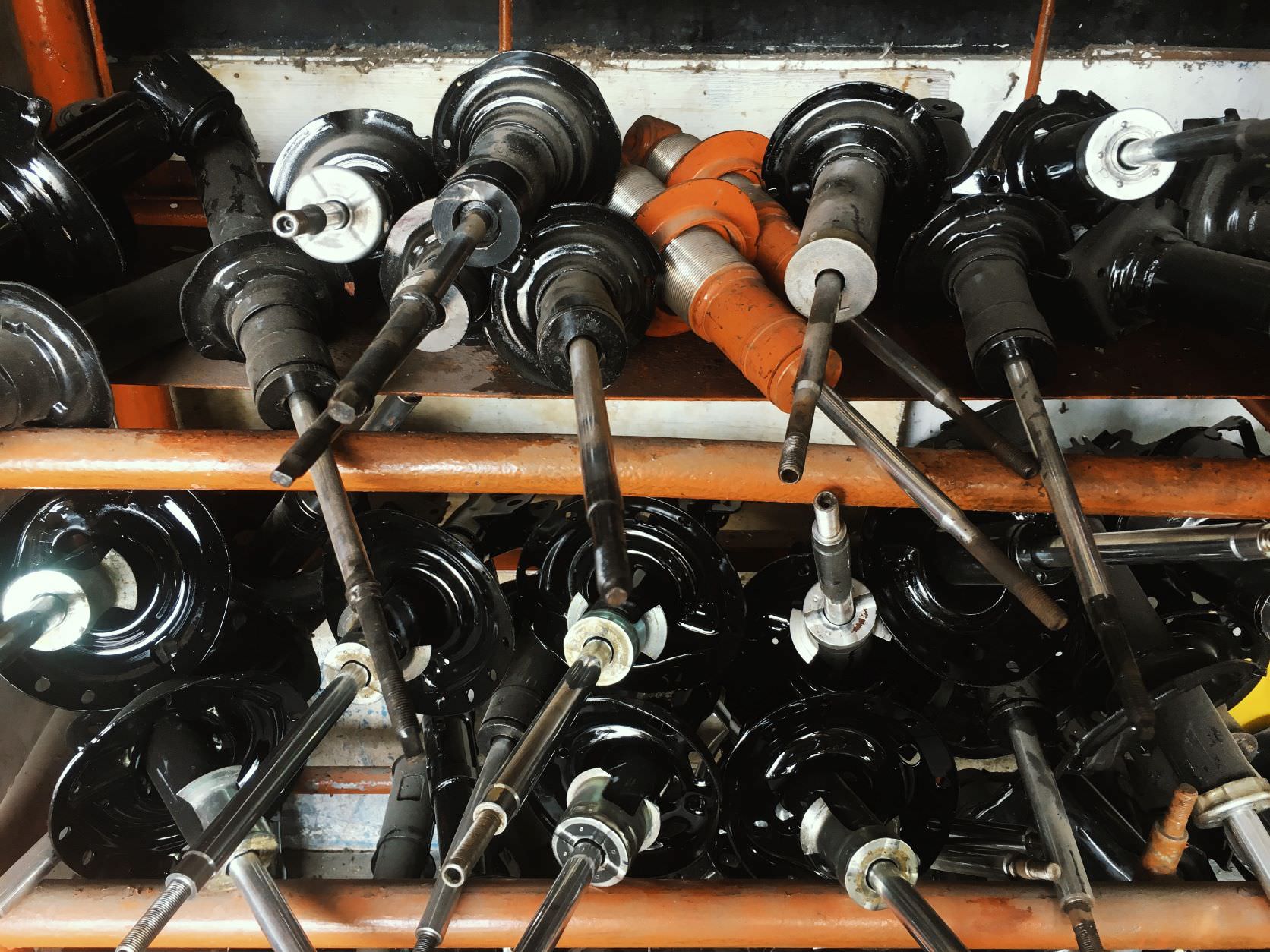
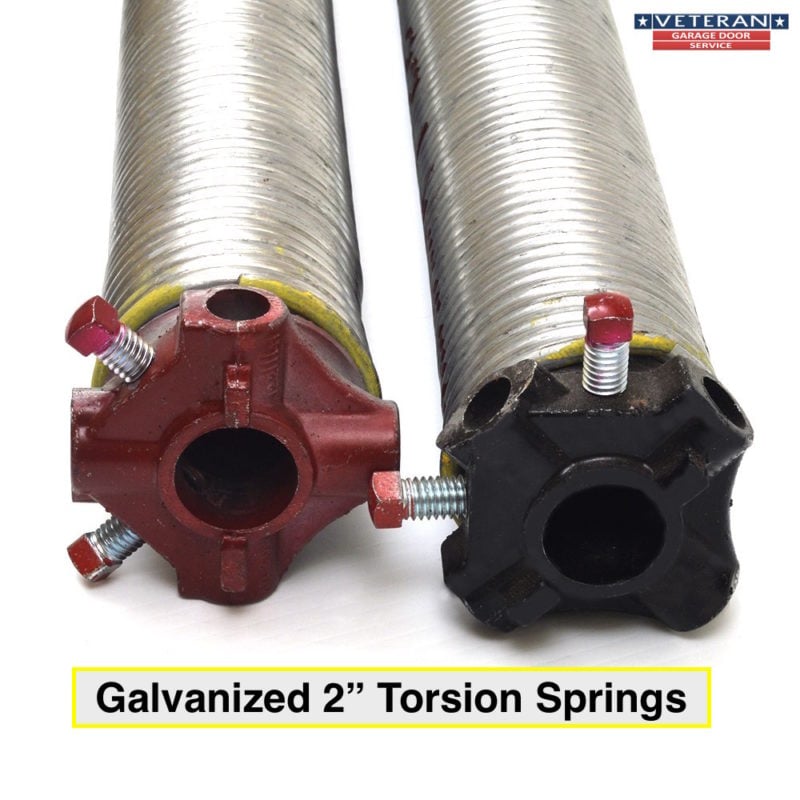
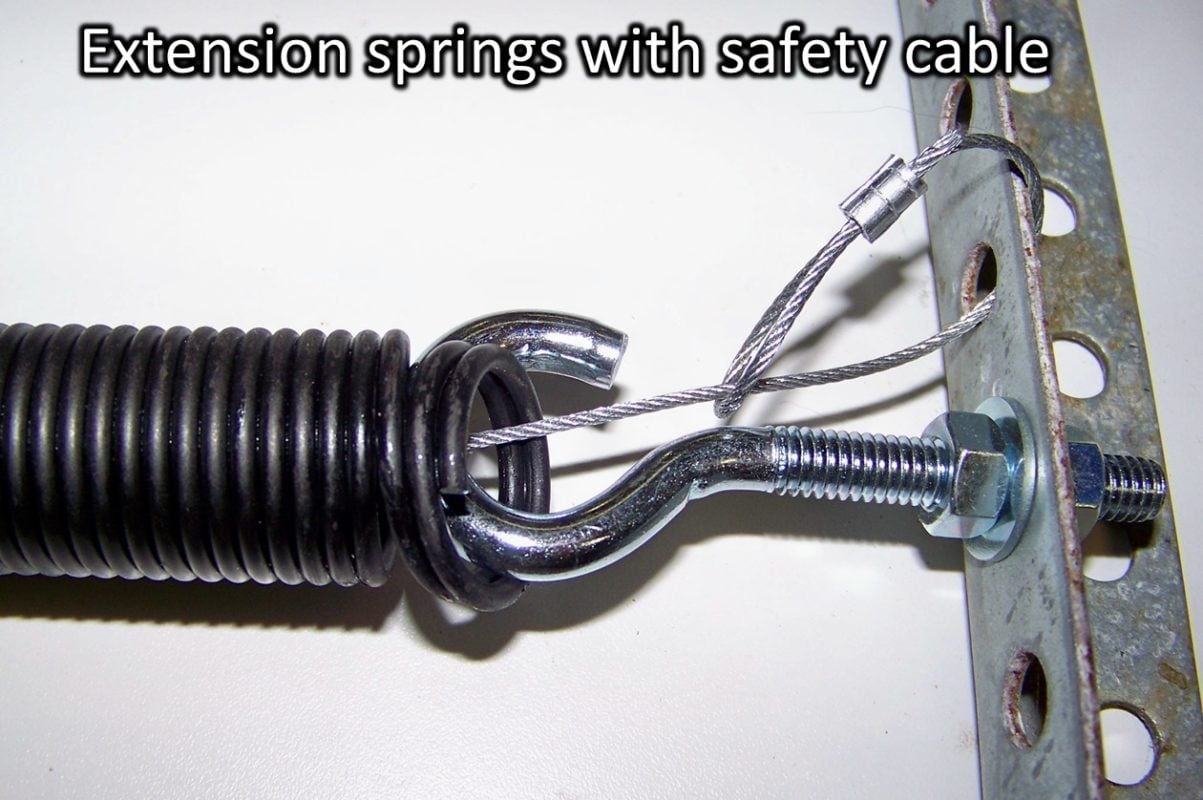
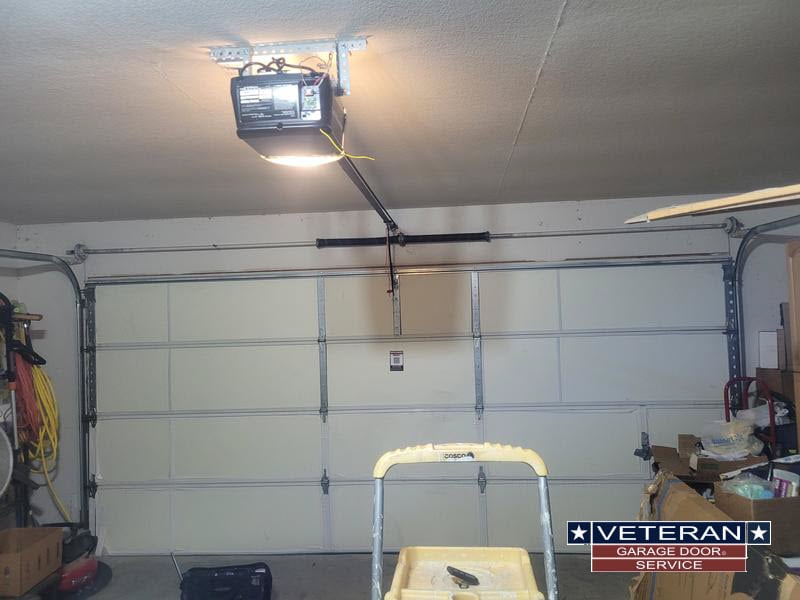
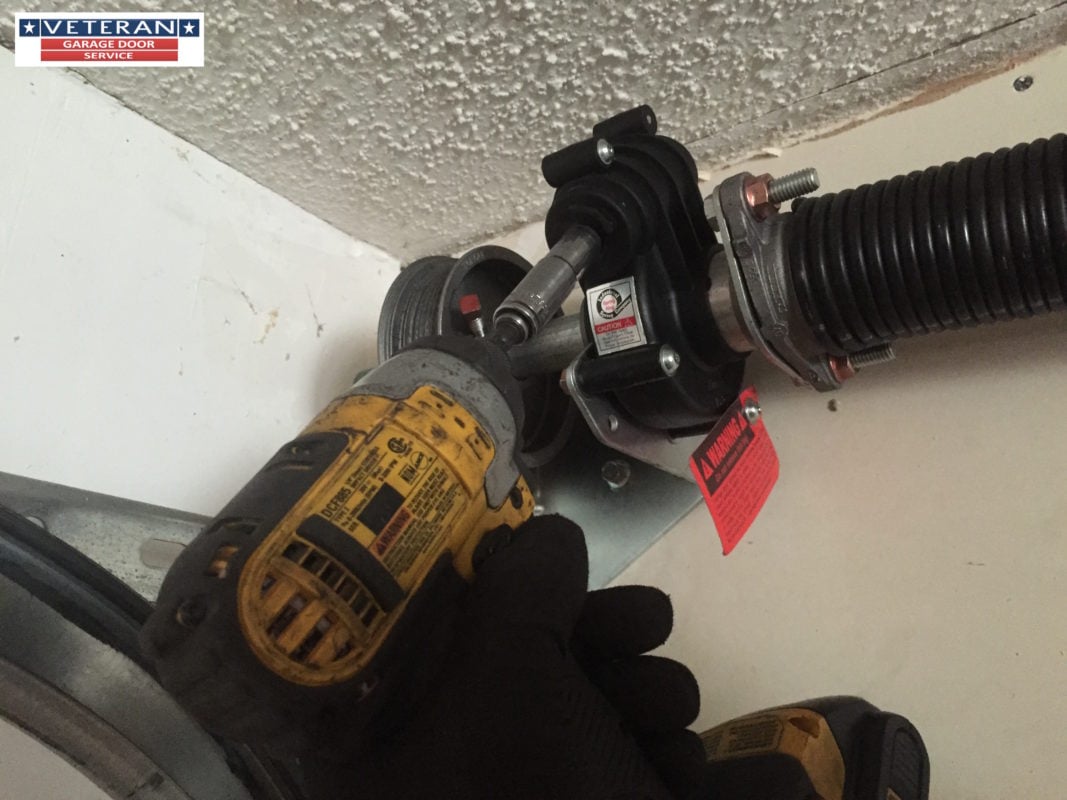
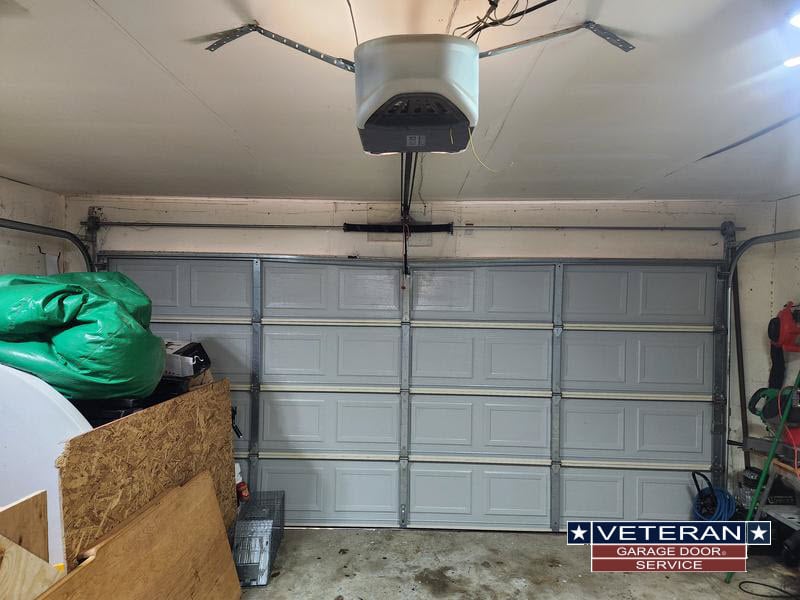
Always wear protective gear like gloves and goggles when handling springs. Ensure that children and pets remain at a safe distance while performing repairs.
Call Veteran Garage Door today at 972-347-0724 for your garage door needs in Bartonville!
| City | County | Zip-codes |
| Bartonville | Denton | 76226 |
Bartonville is known for its friendly community atmosphere and beautiful rural landscapes.
The town is home to several historic buildings that reflect its rich history.
Located near Lake Grapevine, residents enjoy various outdoor activities and scenic views.
Bartonville features a number of local farms and ranches, contributing to a charming rural community.
The town has a strong equestrian presence, with numerous horse properties and riding trails.
| Nearby City | Link to City |
| Argyle | Argyle Garage Door Repair |
| Double Oak | Double Oak Garage Door Repair |
| Lantana | Lantana Garage Door Repair |
| Flower Mound | Flower Mound Garage Door Repair |
| Highland Village | Highland Village Garage Door Repair |
Weather Seal, Vinyl Trim And Garage Door Threshold
Garage Door Opener Safety Eyes Sensors
What is the best garage door opener for a commercial door?
Rollup Doors Replace vs. Repair
High Lift Garage Doors Conversion
Garage Door Drums – Veteran Garage Door
How to Frame a Garage Door Opening
Difference between LiftMaster 8500W and 8500
How do I know which logic board my opener needs?
What type of opener is best for a heavy wood garage door?
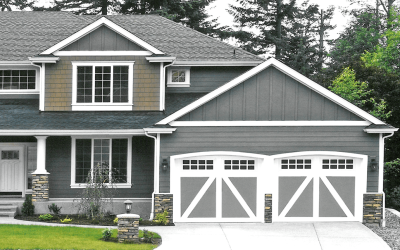

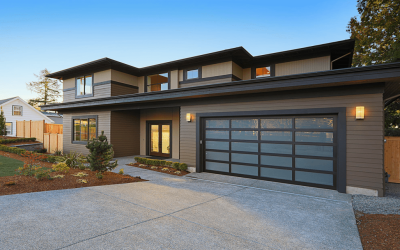
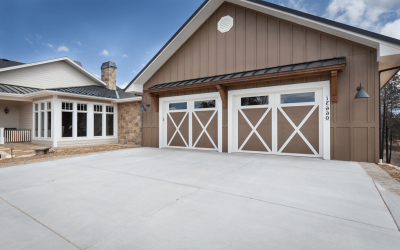
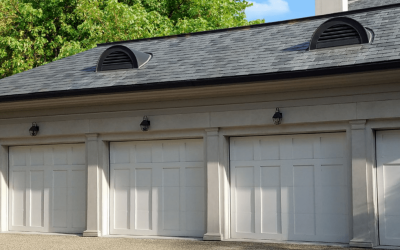
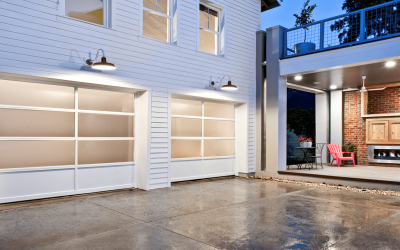

Fill your details and a representative will get back to you shortly.